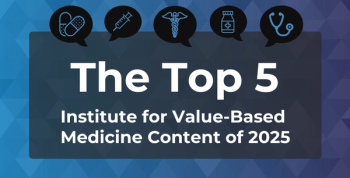
Novo Nordisk Agrees to Cap Insulin Prices, but Some Aren't Impressed
The pharmaceutical leader's move comes after the American Diabetes Association asked Congress to investigate rising insulin prices.
Soaring insulin prices have been in the news all year. Democratic presidential hopeful Senator Bernie Sanders, I-Vermont,
So what was the reaction when
John Rother, executive director of the Campaign for Sustainable Rx Pricing, was not impressed.
“The prescription drug market is clearly broken when limiting yearly price increases to 10% is considered big hearted,” he said in a
Outcry over insulin price increases has been growing at professional meetings over the past year and led the ADA to demand action. The group cited not only increases of 700% since 1996, but also the fact that the major insulin manufacturers seem to raise prices at the same time.
In a blog post dated November 30, 2016, which did not get attention until this week, Novo Nordisk President Jakob Riis wrote that the company will pledge to keep out-of-pocket costs low for consumers through patient assistance programs and by making cheaper forms of insulin available. Riis also pledged to simplify the complex pricing structure, which involves ever-increasing rebates to pharmacy benefit managers (PBMs).
Riis asserts that the system means that while list prices keep climbing, net prices to drug makers have not gone up accordingly. But Riis acknowledged that the proliferation of high-deductible plans means that too many patients who rely on insulin to stay alive must fork over huge sums before their coverage kicks in.
“In our view, high-deductible plans are becoming a greater part of the affordability issue requiring attention,” he wrote.
Newsletter
Stay ahead of policy, cost, and value—subscribe to AJMC for expert insights at the intersection of clinical care and health economics.







































